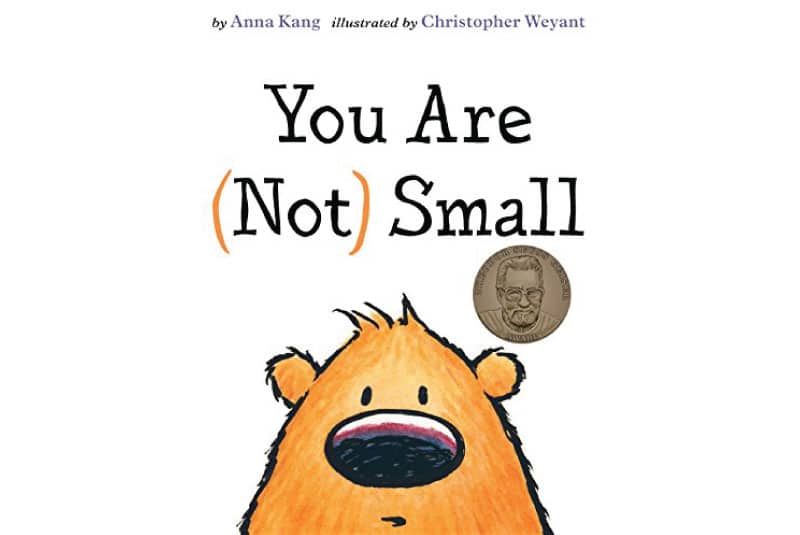TAKE-HOME STRATEGY
Supporting Listening and Understanding at Home

What It's About
Listening and Understanding is our ability to understand the language that’s happening all around. This includes stories, jokes, explanations, instructions, and questions. It also involves using speech and gestures (like hand signs) to share ideas and connect with others.
You can support this skill by using pictures and gestures, asking questions, and helping children retell information or follow directions.
Here are some ways you can support Listening and Understanding at home. Keep in mind that you can change these activities to work for you and your child based on their current abilities, interests, and what you have available at home. Make sure to use safe materials and watch your child closely during these activities.
Take a look, and try out your favorites!
Story Talk
Listen and Build
Simon Says
Plan Ahead
Just Listen
Dictation Drawing
Quick Cues for Supporting Listening and Understanding
Some things you might do or say to help strengthen your child’s Listening and Understanding skills
Use Gestures and Visuals
Help focus your child’s attention and encourage listening by using gestures (such as pointing) or visuals to encourage listening.
This can sound like:
(While tapping your lips) “It’s time to eat.”
“When we listen, our mouths are quiet (gesture like buttoning your lips shut), and our ears are ready (tug on your ears). Let’s do it together!”
“We need two things at the store today. First, (hold up 1 finger), we need milk. Then (hold up 2 fingers), we need mangoes.”
Ask and Answer Questions
Help your child make connections between events.
This can sound like:
“What do you see?”
“Look! The umbrella is floating away! How did the umbrella get up in the air? What did the book tell us is blowing?”
“Oh no! They threw their picture in the trash. Why do you think they did that?”
Ask Children to Talk About New Information or Stories
Encourage your child to summarize and retell information or stories.
This can sound like:
“We had fun outside with our new toys. What did we play with?”
“Remember we have two things to do when we finish eating. Put our plate in the sink and wash our hands. Now you tell me, what do we need to do when we are done?”
“Today you helped me make dinner. We put lots of things in the soup. Can you remember what went into our soup?”
Our Book Recommendations for Listening and Understanding
Engaging stories that support children's Listening and Understanding skills

Good Night, Gorilla
Written and illustrated by Peggy Rathmann, this simple and repetitive story about a zookeeper saying goodnight to some sneaky zoo animals is fun to summarize and retell.
Have fun with it:
Retell stories from your child’s favorite books. Ask them to tell you what happened. Summarize for them if they need support.

You Are (Not) Small
Written and illustrated by Anna Kang, this simple story about two creatures comparing their sizes is great for encouraging children to connect key events within a book.
Have fun with it:
While reading this, or any book, help your child understand the events using gestures or hand signs. For example, move your hands or bend your knees as the creatures talk about being small and big.
More Take-Home Strategies
We’re creating a library of resources like these so families and other caregivers can quickly and easily promote children’s development at home. Be sure to see all the strategies we have available!

